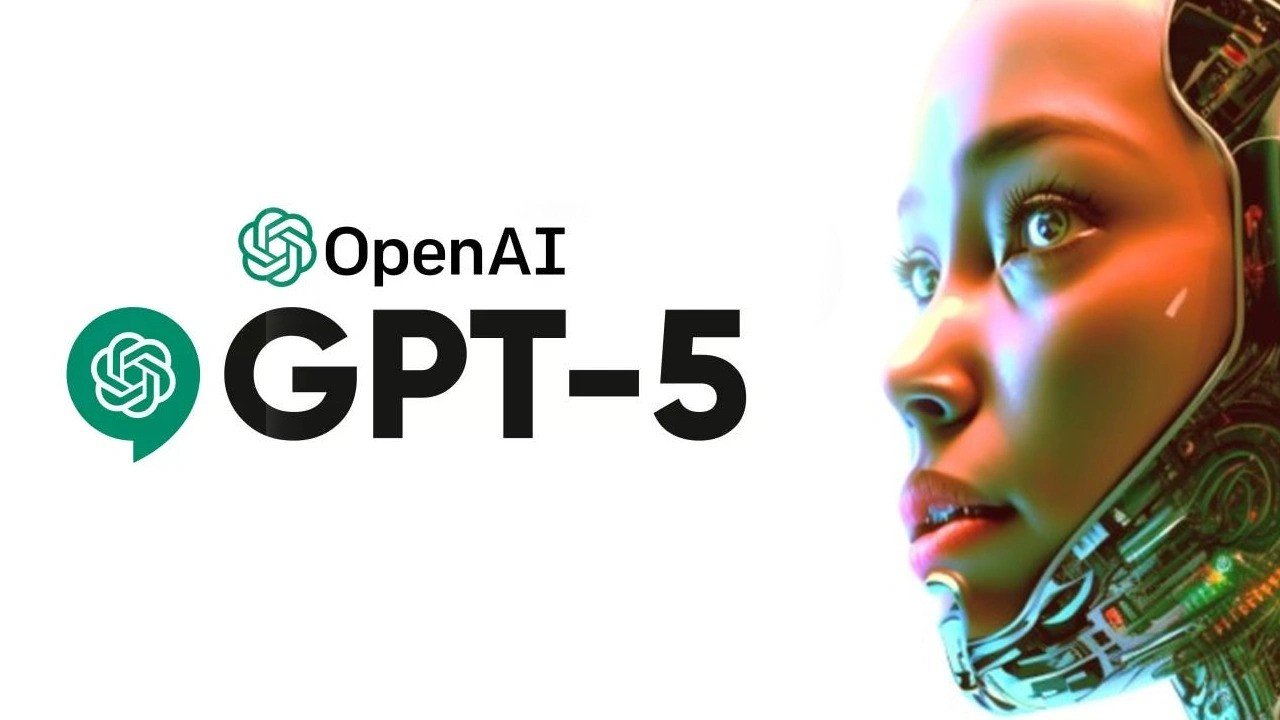OpenAI is set to release its highly anticipated language model, GPT-5, in 2024. This next-generation AI model promises significant advancements in terms of accuracy, multimodality, and machine learning capabilities. Here’s a comprehensive look at what to expect from ChatGPT 5.
Development and Release
OpenAI CEO Sam Altman confirmed that GPT-5 is in development and will offer enhanced machine learning specs compared to its predecessors. The transition from GPT-4’s 1.5 trillion parameters to GPT-5 is expected to be a major leap, possibly increasing the parameter count to between 4-5 trillion. This substantial upgrade aims to improve the model’s performance in generating more accurate and contextually appropriate responses.
Key Features and Improvements
- Enhanced Multimodality: GPT-5 will build upon the multimodal capabilities introduced in GPT-4. It will not only process text but also handle various types of information, including audio, images, and video. This aligns with OpenAI’s goal to integrate a broader range of inputs and outputs into their models.
- Video Capabilities: One of the most exciting features expected in GPT-5 is the inclusion of video generation capabilities. This feature, dubbed “Sora,” allows users to create video content from text prompts, similar to how DALL-E generates images. This could revolutionize content creation and multimedia communication.
- Improved Reasoning and Reliability: Addressing the limitations of GPT-4, GPT-5 aims to significantly improve its reasoning abilities. Altman noted that GPT-4 can reason only in limited ways and often provides inconsistent responses. GPT-5 will strive for better accuracy and reliability, ensuring users receive the best possible answers consistently.
- Increased Context Window: GPT-5 is expected to have a larger context window, allowing it to understand and generate responses based on more extensive input data. This will enhance the model’s ability to maintain coherent and contextually relevant conversations over longer interactions.
Potential Applications
- Education: GPT-5’s advanced multimodal capabilities could transform the educational landscape by providing personalized learning experiences, interactive materials, and automated assessments. This would support more effective teaching methods and cater to individual student needs.
- Healthcare: In healthcare, GPT-5 could be used for data analysis, diagnostics, and patient care management, offering more precise and timely information to medical professionals. Its improved reasoning capabilities could assist in making better-informed decisions in complex medical cases.
- Business and Marketing: GPT-5’s ability to generate high-quality, interactive content across different formats will benefit advertising, marketing, and media production. Businesses can leverage the model for personalized customer interactions, content creation, and data-driven marketing strategies.
Ethical and Regulatory Considerations
As with previous iterations, the development of GPT-5 raises ethical and regulatory concerns. Issues such as AI safety, data privacy, and the potential misuse of AI technologies remain at the forefront of discussions. The U.S. government has already begun to impose regulatory measures to control the technology’s use and mitigate risks associated with its deployment.
GPT-5 is poised to mark a significant milestone in the evolution of artificial intelligence. With its enhanced multimodal capabilities, improved reasoning, and broader applications, GPT-5 could reshape various industries and introduce new possibilities for AI integration. However, as with any advanced technology, it will be crucial to navigate the ethical and regulatory challenges to ensure its benefits are realized responsibly.

















Add Comment